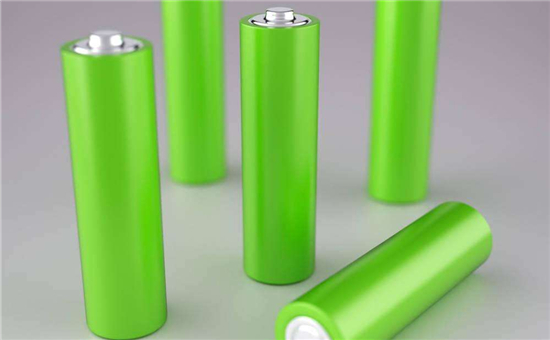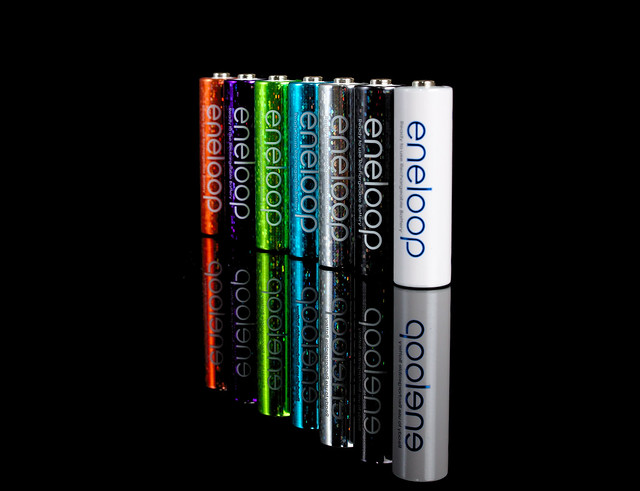LiPo Backup Battery-Safety, Memory and Cycle Life
Jan 04, 2020 Pageview:1927
Is LiPo backup battery dangerous?
Like every other lithium-ion battery type, lithium-polymer batteries come with their hazards. If misused, the cells pose a significant threat to the safety of the user as well as their environment. The risks of catching fire are a common problem for most lithium-battery types including LiPo cells in general. The cell structure incorporates highly-reactive materials which, when subjected to unstable conditions within the environment, could lead to severe effects. However, LiPo batteries have been manufactured with better safety precautions as compared to its previous lithium-ion types so that it maximizes the benefits while striving to reduce its limitations.
Do LiPo backup batteries have memory?
Most of the conventional devices used daily require electrical energy for their operation and thus utilized the power supplied by the batteries inside them. Some of these batteries have therefore been equipped with a form of memory. This can be better explained using a relatable example; When you partially charge your electric shaver, and after that completely drain it, it will potentially remember that you only gave it part of its total energy capacity and therefore, seek to take revenge. This act of payback can be experienced in how the shaver only provides what you left of the previous charge even after you charge it to the maximum.
Previous versions of rechargeable batteries, before the golden age of lithium-ion, the cells suffered from a problem commonly known as the “memory effect.” It is also referred to as the lazy battery effect and primarily targets rechargeable batteries such as the old nickel-cadmium nickel-metal hydride cells. The memory effect caused the batteries to hold a reduced charge than what is expected of their capacity. Due to this effect, the nickel-metal hydride and nickel-cadmium cells systematically lost their maximum energy storage capacity when repeatedly charged after being partially discharged.
A good example can be seen when a NiCad battery is discharged to about 60%. When the same cell is recharged, it will recall the previous capacity and thus returns to 60% from which it was previously discharged. The battery is said to have recalled the last minimum capacity and thus explains the “memory effect.”
Lithium-polymer battery however, has not proven to possess any kind of this memory effect problem that cells such as NiCad faced as of now. This therefore, does away with the necessity to deeply discharge lithium-polymer batteries and thus recommended that you instead expose the cells to partial discharge cycles. Battery professionals have advised used that it is fine to discharge lithium-polymer batteries once in about 30 charge cycles completely. This is because a consistent partial discharge behavior may subject the cells to a rare condition known as “digital memory effect.”
The digital memory effect tends to lower the accuracy of the battery charge indicator on your device that is utilizing the lithium-polymer cells. This therefore, creates the need to completely discharge the lithium-polymer batteries to a shut-down point and then fully recharge it for the battery charge indicator or display to be set back to normal.
Lithium-polymer batteries provide high-energy densities that are suitable for powering robust machines or tools that require large amounts of energy for their operations. The cells can store significant amounts of energy relative to their small weight or space and have not given any essential evidence that they suffer from the memory effect. Unlike in the older NiCad and NiMH batteries, the memory effect has close to no impact on lithium-polymer cells as well as other lithium-ion battery types.
How long does a LiPo backup battery last?
It is possible to use a LiPo battery for backup power in case of failure from the main load or a scenario where you might be traveling to a place with limited power supply. A high capacity LiPo battery should be able to store enough charge and can be hooked to the charger to charge other multiple battery packs. For you to be successful in this mission, you have to work on your power calculations accurately.
For a proper functioning battery, for example, one which can retain more than 80% of its energy capacity and over 8.5V, should be able to supply about 43 Watt-hours. You can even use a higher voltage battery in case you have a charger that can accommodate great and high voltage peaks. The charger would be more efficient when a higher voltage battery is used on it up to its voltage limit. The other alternative would be to get yourself a power bank that incorporates lithium-polymer cells for its functioning.
The runtime period for a LiPo backup battery, however, depends on a few factors highlighted below:
Depth of discharge and charging times
One should note that the more times the backup battery is charged the longer its lifespan will be and the more deeply the battery discharges, the fewer times of charging will be made available.
Charge cycle behavior
One should avoid over-charging or over-discharging the battery backups and especially in LiPo cells, as this can expose them to the known digital memory effect. Also, supplying large amounts of current far beyond the LiPo battery backup’s requirements could significantly lower the lifespan.
Temperature variations
The environmental temperature significantly affects the lifespan of a LiPo backup battery. Under cold or freezing conditions, the electrical device could be damaged as the battery strives to supply large amounts of current to counter the cold environment. On the other hand, high temperatures will reduce the energy capacity.
Extended storage periods while being fully charged or without charge
It is essential to understand that the times for charging and discharging lithium-polymer batteries are typically tested under the 80% power rule. When you store a LiPo backup battery for extended periods while it has low or no charge in it at all, then the internal resistance of the cells will spike and thus, the capacity and lifespan will reduce. If you want to store your battery for a long time without degrading the lifespan, then it is recommended that you store it with a charge that is half its capacity to ensure that its lifespan is preserved.
Customized lifespan
Most of the lithium-polymer batteries and the power banks have been designed for electronic service devices for a specific period. Usually, the rated or indicated time frame of service is five years, where the battery backup capacity will drop off fast past that point.
- Prev Article: Flying with LiPo Batteries 18650-Care for Batteries
- Next Article: Where does lithium come from-source, working, and cost
Leave Message
Hottest Categories
-
Hottest Industry News
-
Latest Industry News












